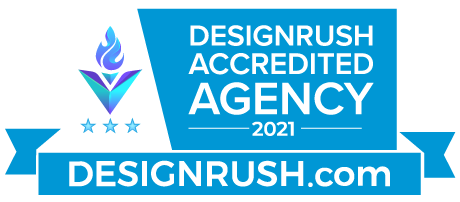As a business owner, you are already aware of data points such as expenses, revenue, inventory levels, average daily sales, website visits, and digital ad clicks. This valuable quantitative data is numerical and statistical in nature. The data can be used to uncover trends or to be extrapolated into the future for forecasting. Numbers tell us a lot about our business performance.
But what about qualitative data? The intangible, non-numeric elements that also play a role in the success (or failure) of a business?
Gathering qualitative data about your customers’ thoughts and behaviors can be just as valuable—if not more – as the quantitative.
Your customers can provide valuable insight that can help you improve the overall experience with your business. Qualitative data can help to improve quantitative metrics by helping you get to know your customers better, create customer profiles, then market to others just like them.
So what qualitative information do we need and how do we gather it?
Methods For Collecting Qualitative Data
There are several tools available that can gather qualitative data by uncovering thoughts, feelings, and ideas about your business from your customers. It is expected that your customers see and feel things about your business that you, as the business owner, never could.
Qualitative data can be gathered by using any of the following, which offer free or paid options for data collection.
Reviews
Gather qualitative data about your business through online reviews. Google, Facebook, and many other providers offer options for customer relationship management tools that can collect reviews. These reviews will vary from terrible to excellent and that’s a risk you take when allowing customers to review your business. The important part is to analyze, address, and catalog each review as valuable qualitative information that may assist in driving any changes in the way you run your business.
Customer Satisfaction Surveys
Many companies promote a web link that will take customers to a landing page allowing them to complete a survey about their recent experience. Some even offer an incentive for completing the survey, like an entry into a prize drawing or a credit to use towards a future purchase. Customer satisfaction surveys allow you, as the business owner, to ask your customers specific questions about different aspects of your business. Asking questions that will allow you to take action based on responses is the key.
In-person Conversations With Customers
Simple discussions with customers who patronize your business are an invaluable form of qualitative data. Engaging with customers to show how much you care about their experience may garner complete honesty and authenticity in their responses. While this option does not allow for a high volume of responses quickly, it does capture thoughts, feelings, and body language that the other qualitative data sources may not.
Focus Groups
One of the more costly forms of qualitative data collection is focus groups. If done correctly, an experienced professional moderator will guide in-person groups of volunteers. In each session, the moderator will ask pre-planned questions coupled with appropriate follow-up questions to keep conversations flowing between group members. Most business owners do not have the expertise to conduct successful focus groups on their own and would need to hire a 3rd party or consultant for the job. In addition to conducting the focus groups, the consultant would compile and analyze the qualitative data collected from the groups and provide recommendations from the sessions. These recommendations should end up providing a positive return on investment for your business in the long run.
Feel like you could use some assistance collecting and analyzing qualitative data in addition to quantitative data about your business? At Trib Total Media, we’re here to help.







